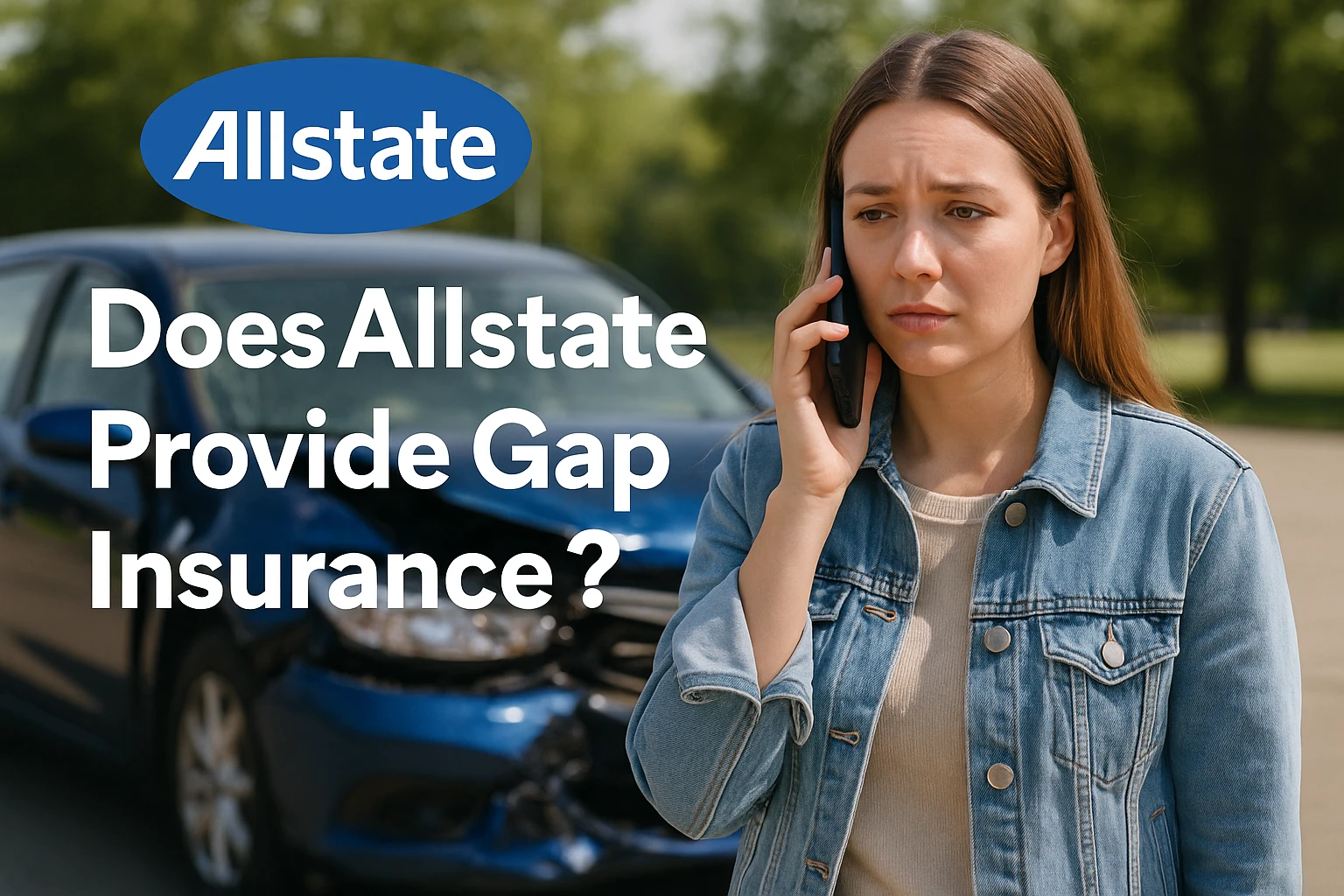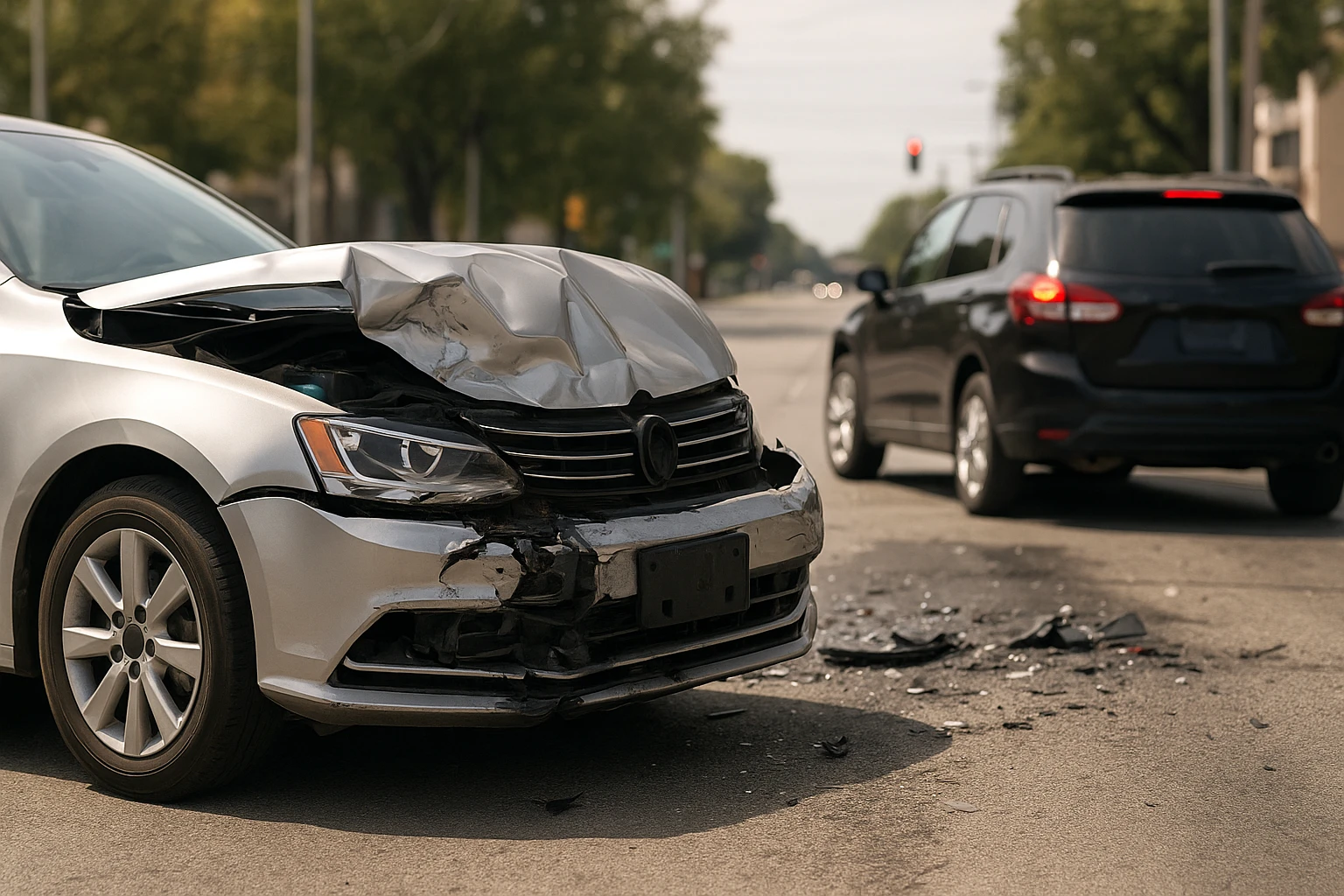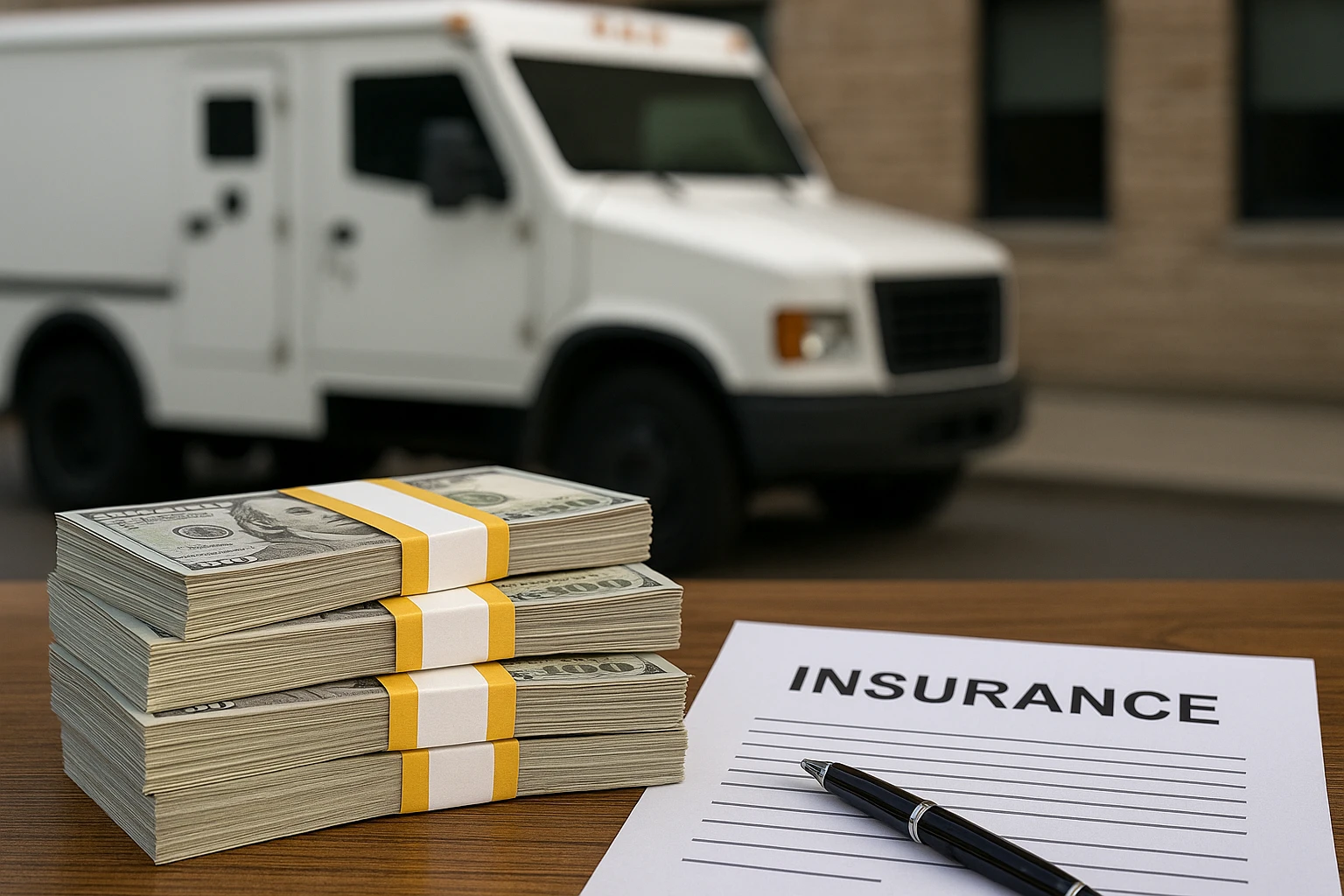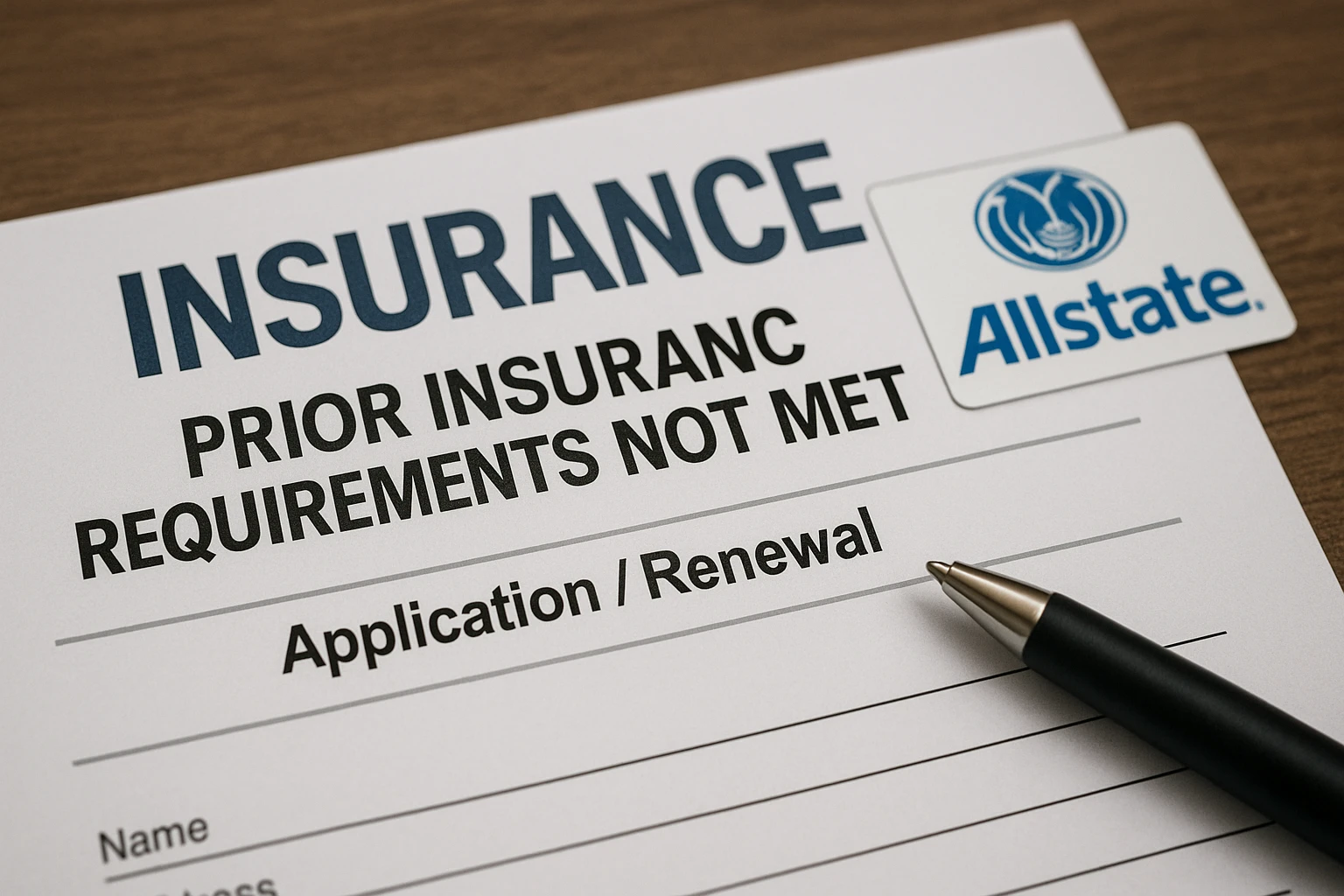Does Allstate Provide Gap Insurance? Full Guide to Coverage, Costs & Benefits (2025)
📑 Table of Contents
- What is Guaranteed Asset Protection (Gap Insurance)?
- Does Allstate Provide Gap Insurance?
- What’s Covered by Allstate GAP?
- How Much Does Allstate Gap Insurance Cost?
- Who Benefits Most from Allstate Gap Insurance?
- Difference: Allstate GAP vs. Dealership/Add‑On GAP
- How to Purchase Allstate Gap Insurance
- Real‑Life Stories: When Allstate GAP Helped (… or Didn’t)
- Expert Insight: Why Gap Insurance Matters
- Potential Drawbacks & Things to Watch
- FAQ: Optimized for Featured Snippets
- Step‑By‑Step: Should You Buy Allstate Gap Insurance?
- Pro Tips from Consumers
- Summary and Final Thoughts
What is Guaranteed Asset Protection (Gap Insurance)?
Gap insurance, formally called Guaranteed Asset Protection, covers the difference between what your standard auto insurance pays and what you still owe on your car loan or lease.
Real‑world: you drive off the lot with a $30,000 loan. A few months later, the car is totaled; its actual cash value is $25,000. That leaves a $5,000 shortfall—owner pays that out‑of‑pocket unless gap insurance kicks in.
It safeguards against negative equity—the “gap” between vehicle value and loan balance. Especially useful for new cars, lease agreements, low down‑payments, and longer loans.
Does Allstate Provide Gap Insurance?
Yes, Allstate offers gap insurance—referred to as Allstate Guaranteed Asset Protection (GAP)—but you can’t add it to just any auto policy. It must be bought at the time of vehicle financing, separate from your regular auto insurance plan .
In contrast to dealership‑sold gap waivers, Allstate’s version is a regulated insurance product, available as an optional add‑on through its Vehicle Protection or finance division, not directly bundled into a standard auto policy.
What’s Covered by Allstate GAP?
-
Pays the remaining loan or lease balance not covered by your standard insurance settlement at time of total loss (up to limits) .
-
May reimburse your insurance deductible, often up to $1,000 .
-
Coverage caps: covers vehicles financed or leased up to roughly $150,000, with gap waiver limits up to $50,000 (depending on plan terms) .
Requirements: you must maintain full coverage (i.e. both collision and comprehensive). If you drop either, GAP won’t apply.
How Much Does Allstate Gap Insurance Cost?
While pricing depends on many factors—vehicle value, state, loan length—industry data suggests an average annual premium of ~$4,000 for Allstate GAP across the U.S. .
WalletHub and Insurance.com highlight that it’s often cheaper to buy gap insurance from Allstate versus dealership waivers, since dealership fees get rolled into your loan (with interest) .
Factors influencing cost:
-
Loan or lease amount
-
Your down payment percentage
-
Vehicle depreciation rate
-
Loan term length
-
Your location (state‑by‑state rate differences)
Who Benefits Most from Allstate Gap Insurance?
Allstate GAP may be worth considering if you fall into one or more of these categories:
-
Less than 20 % down payment at purchase
-
Long‑term financing (e.g. 60+ months)
-
Rolling negative equity from previous auto loans
-
Leasing a vehicle, especially where the lease doesn’t already include GAP
A tangible example: Alex leased a new SUV with $2,000 down. Three months later, it’s totaled. Insurance paid $28,000, but the SUV’s balance was $31,000. Without gap insurance, Alex owes $3,000. With Allstate GAP, that gap is covered (minus deductible).
Difference: Allstate GAP vs. Dealership/Add‑On GAP
| Feature | Allstate GAP | Dealership GAP Waiver |
|---|---|---|
| Sold through | Insurance + finance division | Often bundled by dealership/F&I |
| Regulated as insurance | ✅ | Sometimes unregulated waiver |
| Can cancel mid‑loan | ✅ | Often non‑cancelable |
| No interest if financed | ✅ | Risk of paying interest on fee |
| Claims tied to your insurer | More seamless if Allstate handles total loss | May require extra steps or separate claim |
Dealership waivers sometimes cost more and lack transparency. Allstate’s version provides clearer oversight and the ability to cancel once your loan balance falls below vehicle value.
How to Purchase Allstate Gap Insurance
-
Buy at the time of financing or leasing, either through Allstate or an authorized dealer offering the Allstate GAP program.
-
Ensure you have collision and comprehensive coverage with your auto insurer.
-
Discuss the limits: up to $50,000 gap coverage, and deductible reimbursement up to $1,000.
-
If your balance or vehicle value changes (sale, refinancing), ask about refund or cancellation terms.
Tip: Confirm you’re talking to the vehicle protection or finance team, not your regular insurance agent—they sell GAP separately from standard auto policies.
Real‑Life Stories: When Allstate GAP Helped (… or Didn’t)
A Reddit user described frustration when their total loss was handled by a different insurer—not Allstate. Allstate’s GAP only triggered when they handled the primary claim. Because they weren’t the collision insurer, the claim lingered for weeks and needed manual escalation to the gap department.
They wrote:
“GAP insurance isn’t a coverage that can be added to your auto policy but total loss replacement with loan lease payoff is... If you go through another carrier, I don't believe the coverage is activated…”
The lesson: for Allstate GAP to trigger smoothly, let Allstate adjust the underlying damage/total loss claim.
Expert Insight: Why Gap Insurance Matters
Zack Shefska, CEO of CarEdge, explains vehicles lose value almost instantly—often 15–20 % in just the first month—while loan balances stay the same. GAP protects consumers from paying thousands if the loan exceeds the vehicle’s worth. He notes it’s wise for most people financing with low down payment or leasing, and easy to cancel once equity turns positive.
Potential Drawbacks & Things to Watch
-
Not available for older vehicles: Allstate may restrict coverage for older or higher‑mileage cars.
-
Only covers total loss: Repairs don’t qualify—only if the car is totaled or stolen.
-
Not automatic: If your insurer handling total loss isn’t Allstate, you’ll need extra steps or delays.
-
Residual loan fees: Some charges—not covered by GAP—such as deferred payments, late fees, or refinancing after purchase. Always check policy fine print.
FAQ: Optimized for Featured Snippets
Does Allstate offer gap insurance?
Yes. Allstate provides Guaranteed Asset Protection as a separate, optional insurance product you buy at the time of financing. You must maintain full auto coverage for it to apply.
Is Allstate gap insurance worth it?
For many drivers with low down payments, long loan terms, or leased vehicles, it can prevent large out‑of‑pocket costs. It’s typically more affordable and flexible than a dealership waiver.
How much does Allstate GAP cost?
Industry sources list an average of about $4,000 per year, though actual cost depends on vehicle value, location, and financing terms .
Will GAP kick in if Allstate handles my auto claim with another insurer?
No. GAP only activates if Allstate manages the loss. If the claim is handled by a third party or another insurer, you’ll likely face delays or manual escalation .
Can I cancel Allstate gap insurance?
Yes, once your loan balance is less than vehicle value or if you sell/refinance. Cancellations may qualify for a refund of unused premium.
Step‑By‑Step: Should You Buy Allstate Gap Insurance?
-
Calculate your loan‑to‑value ratio: down payment + trade‑in equity vs. vehicle cost. If loan > value, you’re “upside down.”
-
Estimate depreciation: new vehicles often lose value fast.
-
Review your financing terms: longer loans mean slower equity build.
-
Ask about lease or loan including GAP: dealer or lender may already include it.
-
Contact Allstate Vehicle Protection for a gap quote. Compare with dealership offers.
-
Decide with flexibility: purchaser can cancel once gap closes.
Pro Tips from Consumers
From Reddit posts: frustration arose when claim handlers didn’t coordinate. One user noted:
“If you go through another carrier, I don't believe the coverage is activated… You need to talk to the finance department…”
So always file the claim through Allstate if you’ve purchased GAP from them—that way, their adjuster handles the total loss, automatically triggering the gap payout.
Summary and Final Thoughts
Allstate does indeed offer gap insurance—branded as Allstate Guaranteed Asset Protection—but it’s sold as a separate, voluntary product at the time of financing. It helps cover the shortfall between your insurance payout and your loan or lease balance when your vehicle is totaled or stolen. To qualify and use it, you must maintain full coverage and allow Allstate to handle the damage claim.
If you're financing with a small down payment, leasing, or using a long-term loan, gap coverage may offer peace of mind—especially compared to dealership waivers that can be expensive and less flexible.
Should you pay ~ $4,000/year? That average listed price may be surprisingly high—it’s just an industry benchmark. Your actual cost may be much lower depending on your loan. Make sure to compare quotes and read the policy fine print—including caps, exclusions, and refund/ cancellation terms.
Think of it this way: peace of mind beats surprise bills if your car disappears in a wreck—and with Allstate GAP, your lender gets paid, and you avoid that unexpected balance.







Community Feedback